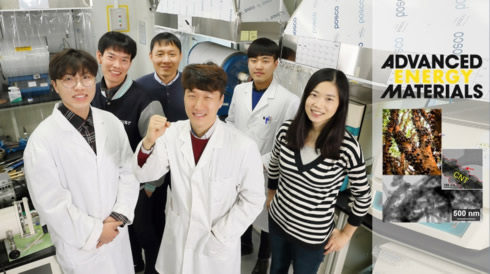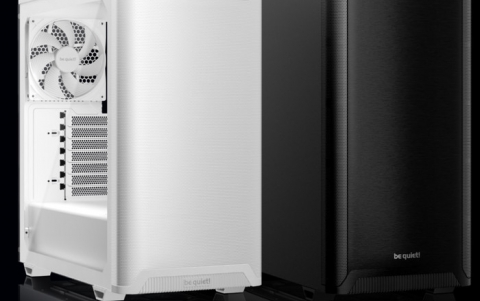
Researchers Develop First Elastic Batteries For Wearable Devices
South Korean researchers have developed a Li-ion battery that can be stretched and maintain its performance and safety characteristics, making it a potential solution for wearable devices.
UNIST (Ulsan National Institute of Science and Technology, Chancellor Jung Moo-young) made an announcement that
A research team led by Professor Park Soo-jin, Professor Seo Kwan-yong, and Professor Kim So-yeon of Energy and Chemical Engineering Department at UNIST (Ulsan National Institute of Science and Technology) developed a polymer composite that is able to maintain its conductivity even if it is stretched. The 'Zabotikka' polymer composite was used as a collector of electrodes in a lithium-ion battery.

Current collectors of batteries for current wearable devices are made by mixing a substance with high electrical conductivity into a polymer that can be stretched. However when these batteries are stretched, they lose the electrical conductivity.
The new polymer composite is imitating the structure of 'Jabuticaba', a tree native to Brazil, grown for its purplish-black, white-pulped fruits. The material is made by mixing a cylindrical carbon nanotube and a fruit-like carbon black together with a polymer. Carbon nanotubes (stem) and carbon black (fruit) are attached to the finished shape.
When this new polymer composite is stretched, carbon blacks connect any disconnected parts of carbon nanotubes and maintain electrical conductivity.
"We are going to expand a range of applications of the current flexible and elastic secondary batteries in order to become the core energy storing devices for wearable devices," said Professor Park Soo-jin, who led the study.













